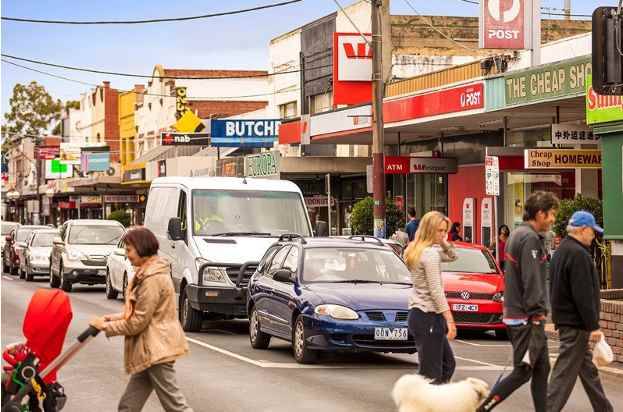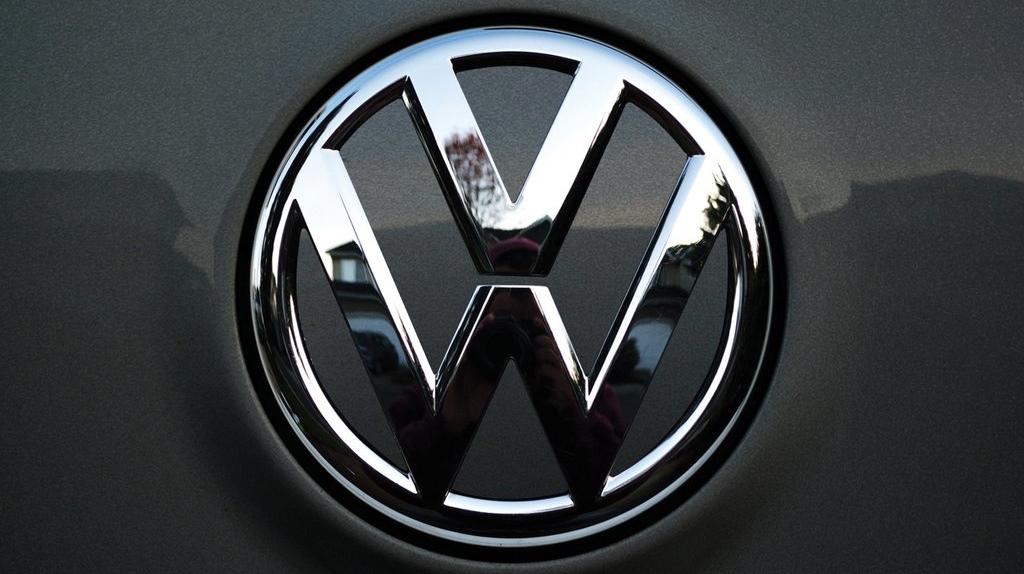Front Signs and How Can They Boost Your Business
- Written by News Feature Team

With the market getting more and more lucrative and competitive at the same time, having attractive front signs is a must.
By searching for shop front signage Melbourne services, you will get lots of names, but you need to ensure that you pick out one that is distinctive and reputed. Having that perfect front sign banner could be quite a great crowd puller. Not only this, it will also be a way to reflect a lot about your company. This is why ensure that you have an effective design displayed right outside your shop. Also, ensure that you pay attention towards the quality of the material used and construction work.
Never underestimate the effect that an attractive shop front has on the overall success of your business. In fact, it will make quite a huge difference and bring your shop into the notice of customers. You will also be able to beat tons of competition in and around the area where you are located.
There are companies which will provide services, like outdoor banners Melbourne, and they do prove to be quite beneficial for you. A few of the benefits that they bless you with have been mentioned below.
Start getting being noticed
When there are banners and signs outside your shop, and done the right way, be sure to grab a lot of attention. It will be quite effective in differentiating your shop from your contenders in the area. Moreover, you will feel that you are being able to be tough competition for others as you will be able to draw attention of customers faster, through some great looking banners.
Ensure you are being found
At times, you have customers who travel from one place to another, and the area where your shop is located, could be the very first time they have come over to. This way if your shop is located in a very busy street, locating you from a distance too could be easy. Even at night your banner will stay illuminated and quite a highlighted space.
Get your brand reinforced
Good looking banners and shop front signs can be quite effective as it has the strength to reinforce your brand. This will also ensure that you are professional and work towards ways by which you can make customers happy. This does make a great impression on customers. Hence, first impression does make a huge world of difference.
Chance to market your product or brand
Signs do turn out being a highly used and productive tool for marketing. If your shop does go through tons of passing trade, then you must definitely try using banners or signs to promote your services.
It’s way too cheaper than a normal ad in the newspaper
A store front signage which has been quite carefully designed does help wondrously in promoting your business and services. The list of offers that you have can be placed right outside your shop. This turns out being a very effective tool for marketing. In fact, it is a much cost effective way to promote your business rather than publishing your ad in a weekly newspaper.
You will be remembered
As per a research, it has been reported that a shop’s regular customer usually reside about 5km from it, and the average number is 85 per cent. About 15 per cent of customers also move in every year. This means you have a chance to get introduced to new customers every year with a well designed signage.
Paying attention to a signage will be quite effective for your business. It is a great way to market your product and increase your profit too.








